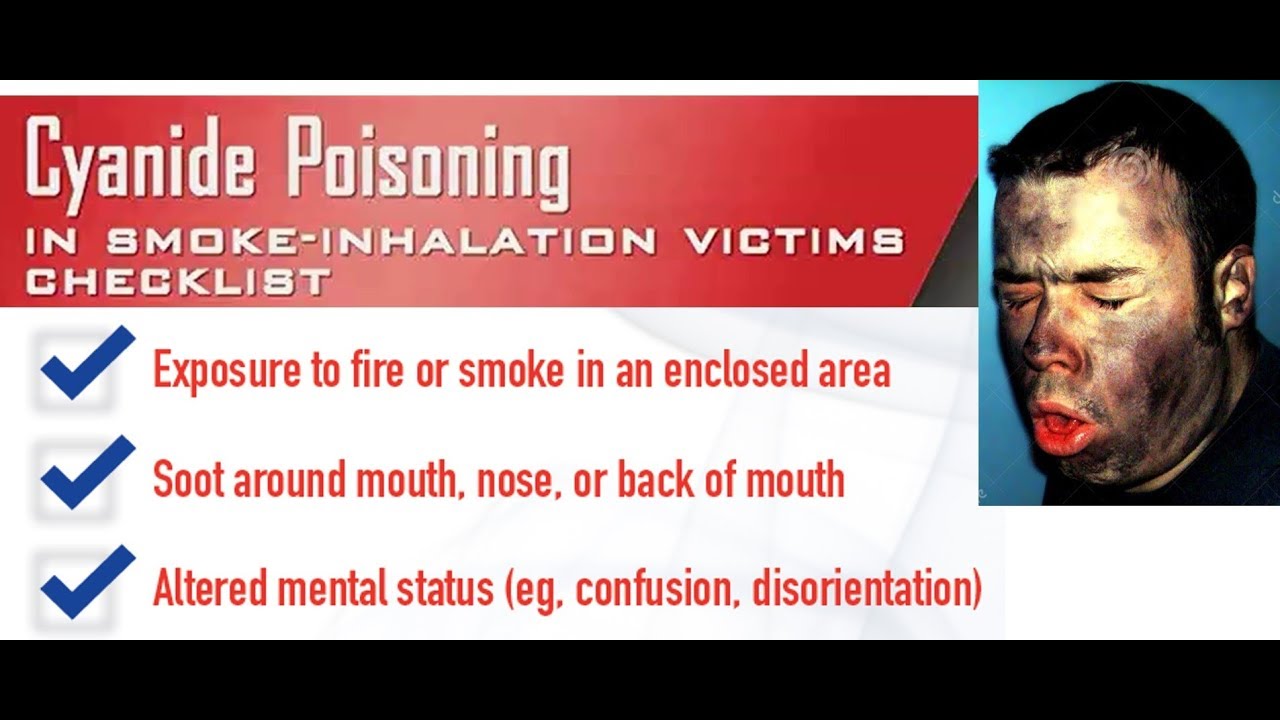General Disease
- Air/ Gas Embolism
- Compartment Syndrome/ Post Fasciotomy
- Acute Anaemia, Exceptional Blood Loss Anameia
- Cyanide Poisoning
- Decompression Sickness
- Addiction and Substance Recovery
- Central retinal artery occlusion
- Conductive Hearing Loss (CHL)/ Sensorineural Hearing Loss (SNHL)
- Crohns’s/ Colitis
- Glaucoma
- AIDS/ HIV
- Meniere’s Disease
- Near Drowning
- Periodontal Disease
- Sports Injury
HBOT Cyanide Poisoning
Cyanide poisoning makes the body unable to use life sustaining oxygen. Although rare, cyanide is potentially a deadly poison. Accidental exposures occur in fumigation, fires, the electroplating industry, in some laboratory procedures. They are also produced from the combustion of plastics, polyurethane, wool, silk, nylon, nitriles, rubber, and even some paper products. Additionally, some traces of cyanide may be found in well water. Either inhaled or ingested, cyanide blocks cell metabolism by binding to the ferric ion on cytochrome A3, which is a molecule that cells need to use oxygen. The cells starve for oxygen and the anaerobic metabolism that cells use to try to function at all creates lactate acidosis.
Benefits of HBOT :Unlike carbon monoxide which can be quantified by measuring carboxyhemoglobin level, there is no way to quantify cyanide poisoning. Hyperbaric oxygen (HBO2) is a mainstay of treatment for carbon monoxide poisoning. HBO2 has been recommended for cyanide poisoning as well. It is theorized that the HBO2 causes changes in the whole blood cyanide level by hyperoxygenation competing with the cyanide and forcing it out of the cells. HBO2 has been used as a primary treatment for cyanide poisoning, but it is better if combined with hydroxocobalamin. HBO2 can temporarily cause an increase in the serum cyanide concentration as cyanide is displaced from the cytochrome a3 in the mitochondria moving it from the extravascular compartment into the blood. HBO2, but not normobaric oxygen has been shown to improve mitochondrial oxidative phosphorylation during cyanide poisoning. Hydroxocobalamin can then act as a cyanide scavenger, forming the nontoxic cyanocobalamin. The synergistic effect of HBO2 and hydroxocobalamin in animal models of cyanide poisoning has shown a reversal of hypotension and lower lactate levels than animals treated with either alone. In a cyanide poisoned animal model, immediate oxygen administration on cardiac tissue was shown to be effective and to augment the effectiveness of the antidotes - sodium nitrite and sodium thiosulfate. Oxygen has an antidotal potency when the dose of cyanide is at or just over the critical level for cell respiratory function. HBOT is recommended particularly when supportive measures and other cyanide antidotes fail. Increased plasma-dissolved oxygen offers a direct benefit.

